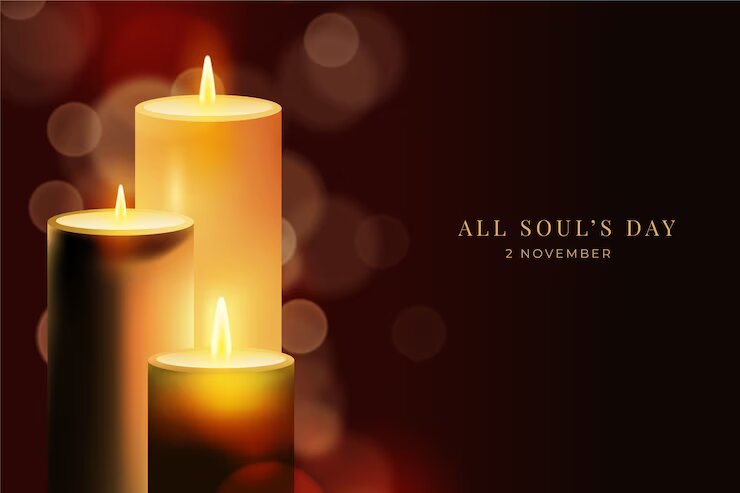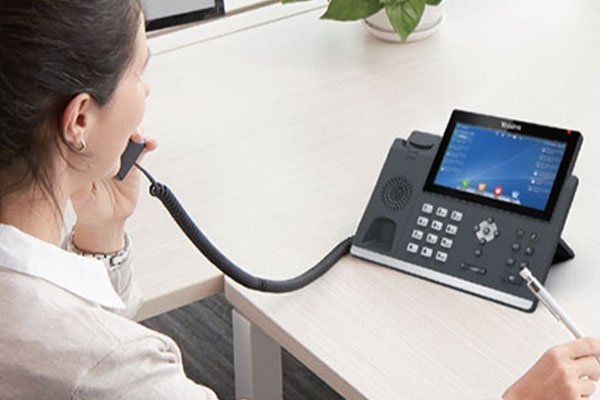Funeral invitations play a crucial role in commemorating the life of a loved one and bringing together friends and family to pay their respects. These invitations serve as a way to inform people about the details of the funeral or memorial service, and they can also be a meaningful keepsake for those who attend. Designing funeral invitations requires a delicate balance of honoring the deceased while providing essential information to the recipients. In this step-by-step guide, we will walk you through the process of creating thoughtful and tasteful funeral invitations.
Designing Funeral Invitations: A Step-by-Step Guide
Step 1: Determine the Style and Tone
Before you begin designing the funeral invitations, it’s essential to consider the style and tone that best reflects the personality and preferences of the deceased and their family. Looking to create stunning invitations effortlessly? Discover the perfect invitation maker app that turns your design ideas into beautiful digital or printable invitations with just a few taps. Funerals can vary greatly in terms of formality and religious or cultural traditions. Some may call for a somber and traditional design, while others may opt for a more celebratory and personalized approach. Discuss with the family or the designated organizer to understand their wishes.
Step 2: Gather Information
Compile all the necessary information for the invitation. This typically includes:
- Date and Time: Clearly state the date and time of the funeral or memorial service. Be specific to avoid any confusion.
- Location: Include the address of the venue where the service will take place. If there are multiple locations (e.g., a church followed by a cemetery), provide details for each.
- Name of the Deceased: Mention the full name of the person being remembered. Include any preferred titles or nicknames.
- Order of Service: If there is a specific order of events during the service, such as readings, songs, or speeches, consider including them on the invitation.
- RSVP Information: Provide contact details for RSVPs, especially if you need an accurate count for catering or seating arrangements.
- Special Requests: If there are any special requests or instructions, such as dress code or charitable donations in lieu of flowers, include them respectfully.
Step 3: Choose the Design Elements
The design elements of the funeral invitation should reflect the chosen style and tone. Here are some considerations:
- Color Palette: Typically, funeral invitations use subdued and respectful colors such as black, gray, navy, or white. However, you can incorporate the deceased’s favorite colors if it’s in line with the chosen tone.
- Fonts: Opt for readable and elegant fonts. Avoid overly decorative or flashy typefaces, as they may detract from the solemnity of the occasion.
- Imagery: You may include a photo of the deceased on the invitation, either in the form of a portrait or a cherished memory. Ensure the image chosen is respectful and meaningful.
- Borders and Accents: Simple borders or accents can add a touch of elegance to the invitation without overpowering the design.
Step 4: Create the Layout
With the design elements in mind, start laying out the invitation. Consider the following tips:
- Clarity: Ensure that all the information is presented clearly and legibly. Use appropriate font sizes and spacing to enhance readability.
- Hierarchy: Arrange the information in a logical hierarchy, with the most critical details, such as the date and location, prominently displayed.
- Balance: Maintain a visual balance in the layout, so the invitation looks well-composed and organized.
- Whitespace: Allow for adequate whitespace to prevent the design from feeling cluttered.
Step 5: Craft a Meaningful Message
In addition to the essential details, consider including a meaningful message or a brief tribute to the deceased. This can be a quote, a verse from a religious text, or a personal message from the family. Keep the tone in line with the chosen style, whether it’s solemn or more celebratory.
Step 6: Printing and Paper Selection
Choosing the right paper and printing method can significantly impact the overall appearance of the funeral invitations. Opt for high-quality paper that feels substantial to the touch. You can choose from various finishes, such as matte or glossy, depending on the desired look. Consider professional printing services to ensure a polished result.
Step 7: Proofreading and Review
Before finalizing the design, thoroughly proofread all the text for accuracy and clarity. It’s essential to avoid any errors or omissions on the funeral invitation, as it is a critical piece of information for attendees. Additionally, have someone else review the invitation to catch any mistakes you might have missed.
Step 8: Printing and Distribution
Once the design is approved, proceed with printing the funeral invitations. Be sure to order an appropriate quantity based on the number of expected attendees. If you are using a professional printing service, they can assist you with this.
Distribution methods may vary depending on your preferences and the circumstances. You can send physical invitations via mail or hand-deliver them to close family and friends. In today’s digital age, you may also consider creating electronic invitations or a dedicated funeral website for online RSVPs and information sharing.
Step 9: Monitor RSVPs
Keep track of RSVPs to ensure that you have an accurate count of attendees. This will help with seating arrangements and any other logistical considerations. Be prepared to accommodate both those who RSVP and those who may decide to attend without prior notice.
Step 10: Prepare for the Service
In the days leading up to the funeral or memorial service, double-check all logistical arrangements, such as seating, programs, and any audiovisual elements. Make sure the printed funeral invitations are ready to be distributed at the service.
Also Read: Choosing the Right Digital Marketing Company for Your Business
Conclusion
Designing funeral invitations is a delicate and meaningful task that requires careful consideration of both aesthetics and information. By following these ten steps, you can create invitations that honor the memory of your loved one and provide essential details for those who wish to pay their respects. Remember that the design should reflect the unique personality and preferences of the deceased, serving as a beautiful tribute to their life.
FAQs (Frequently Asked Questions)
Can I personalize the funeral invitation according to the deceased’s favorite colors and themes?
Yes, personalizing the invitation based on the deceased’s preferences is a wonderful way to honor their memory.
How can I ensure the invitation is delivered on time to the recipients?
Plan the printing and distribution well in advance to ensure the invitations reach the recipients in a timely manner.
Should I include directions to the funeral venue on the invitation?
It’s a good practice to provide directions or a map to the venue to assist attendees in finding the location easily.
Can I include a request for charitable donations in the invitation?
Yes, you can politely request charitable donations in lieu of flowers or other gestures of sympathy.
Is it appropriate to add a photograph of the deceased on the invitation?
Including a photograph can be a touching tribute and help attendees reminisce about the individual’s life.




